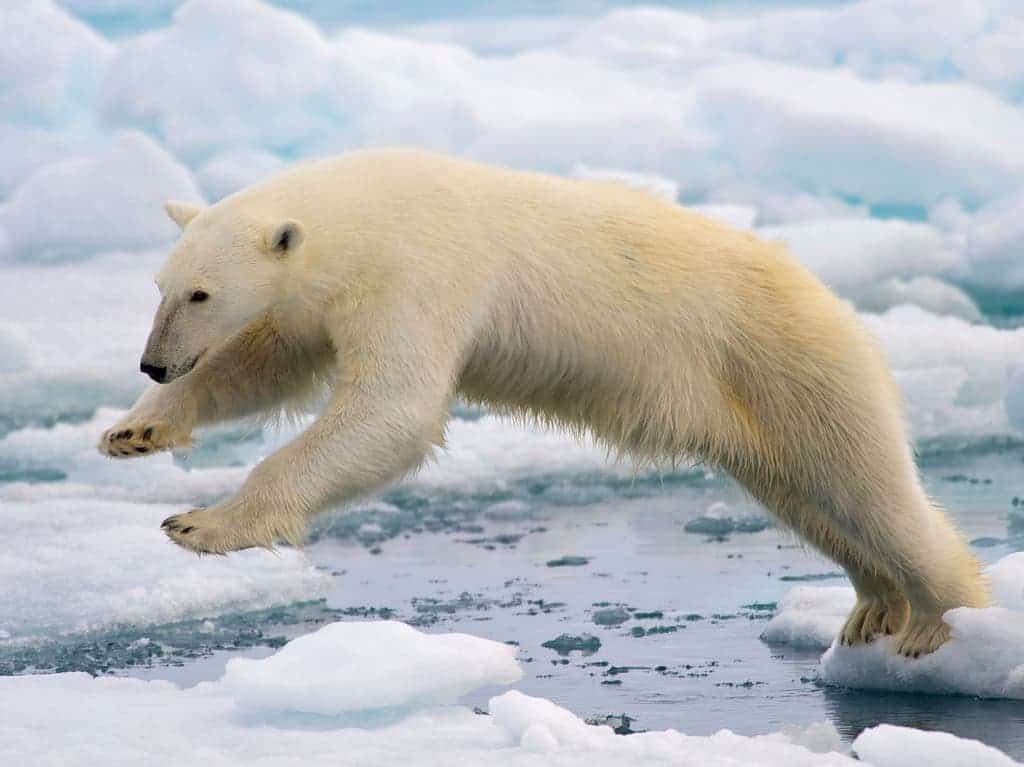In a newly published book, researchers from the University of Maryland claim that we can keep global warming to a maximum of 2 degrees Celsius above pre-industrial temperatures.
A beacon of hope
“We’ve developed an empirical model of global climate that we use to forecast future temperature out to the year 2100,” said Timothy Canty, a research professor in atmospheric and oceanic science at UMD and a co-author of the book. “This is a model that ingests massive amounts of observational data.”
Almost two and a half years ago, world leaders met up in Paris to agree to a historic agreement: an international pact to do whatever it takes to limit climate change to two degrees Celsius — the fabled 2C. That’s the official version, at least. In the real life, there’s a lot of criticism addressed to the pact parties, arguing that the action isn’t swift and energetic enough, that some countries aren’t pulling their weight, and that oceans are almost completely ignored. In fact, several groups of researchers even claim that the action is too little too late and we’ve already passed the point of no return — 2C being an unreachable goal in this case. Canty and his colleagues believe otherwise.
They believe that in an optimistic scenario, we have a chance at 2C. Their model works on the so-called RCP 4.5 assumption, one of the representative concentration pathway (RCP) scenarios, each of which accounts for the influence of greenhouse gases and other pollutants on climate up to year 2100. It’s an optimistic hypothesis, but it’s not beyond the realm of possibility.
“The most important result from our modeling efforts is that the RCP 4.5 scenario is the two degree global warming pathway,” said Austin Hope, a graduate student in atmospheric and oceanic science at UMD and a co-author of the book. “If the world keeps emissions to RCP 4.5, then we will likely stay beneath 1.5 degrees of global warming and almost certainly beneath two degrees of global warming.”
Of course, limiting emissions is the core of any sustainable pathway, but how do we do that? The answer is simple: we need to switch to renewables, and fast. By 2060, virtually all of the planet’s energy must come from renewable sources and that’s a tall order.
“To achieve RCP 4.5, half of the world’s global energy must come from renewable sources by year 2060,” said Brian Bennett, a research scientist in atmospheric and oceanic science at UMD and a co-author of the book.
This hasn’t been published in a peer-reviewed journal, but the authors make a solid case and provide arguments hard based in science. Whether or not they’re right will take a long time to figure out but in the meantime, the book offers a beacon of hope.
The work was also supported by a NASA grant. To download a PDF of the book free of charge, or to purchase a hard copy: http://www.springer.com/us/book/9783319469386










